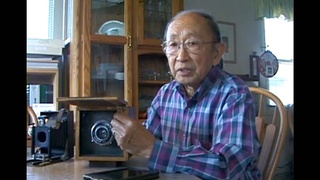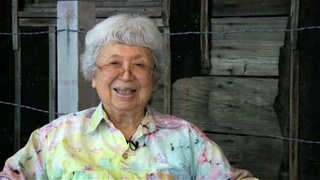Interviews
The lack of discussion about family’s incarceration in Amache
My family had albums of photographs from camp because my mother, who was fluent in French, English, and Japanese, was hired to work for the military person who was in charge of Amache in Colorado. We therefore had access to even aerial photographs of the camp. And so we as children were able to see what it looked like—we saw the barracks; we didn’t really understand the hardships as children, but there wasn’t a tremendous amount of discussion of camps other than when you were with other people, and something came up that they knew somebody, a neighbor in camp, there was not an extended conversation at the dinner table about the internment camps.
Date: July 27, 2018
Location: California, US
Interviewer: Kiya Matsuno
Contributed by: Watase Media Arts Center, Japanese American National Museum; Japanese American Bar Association








